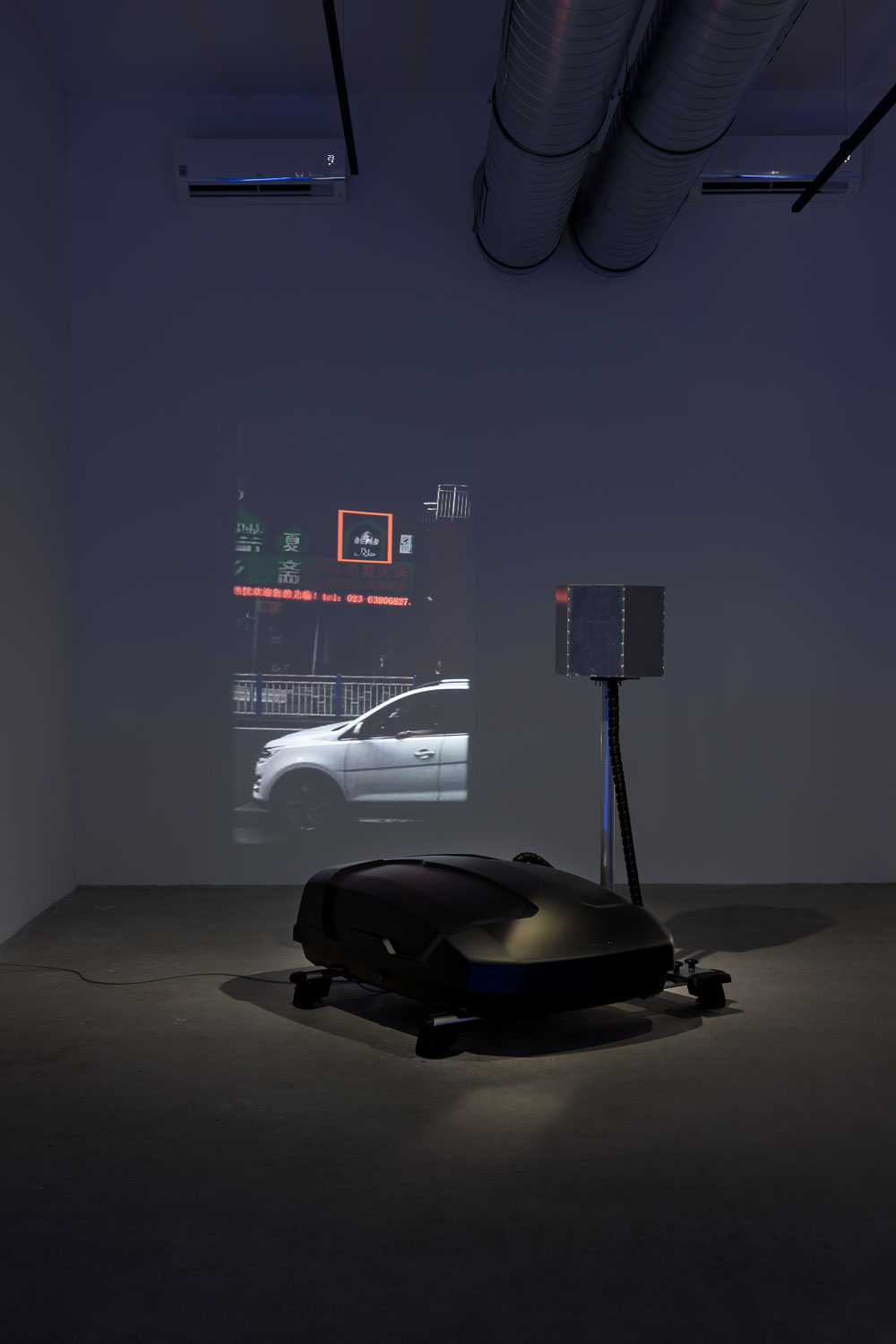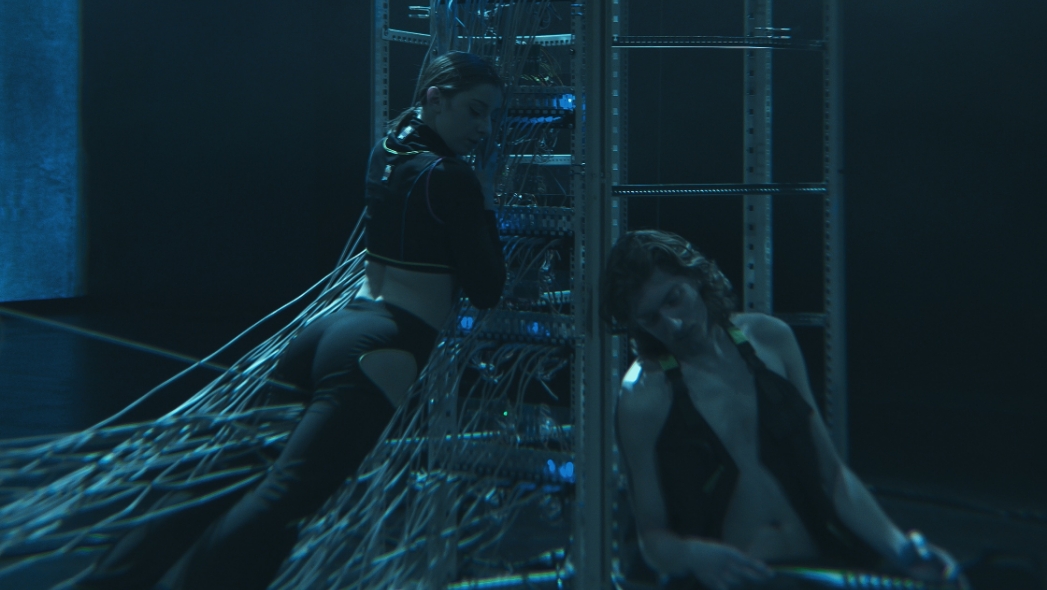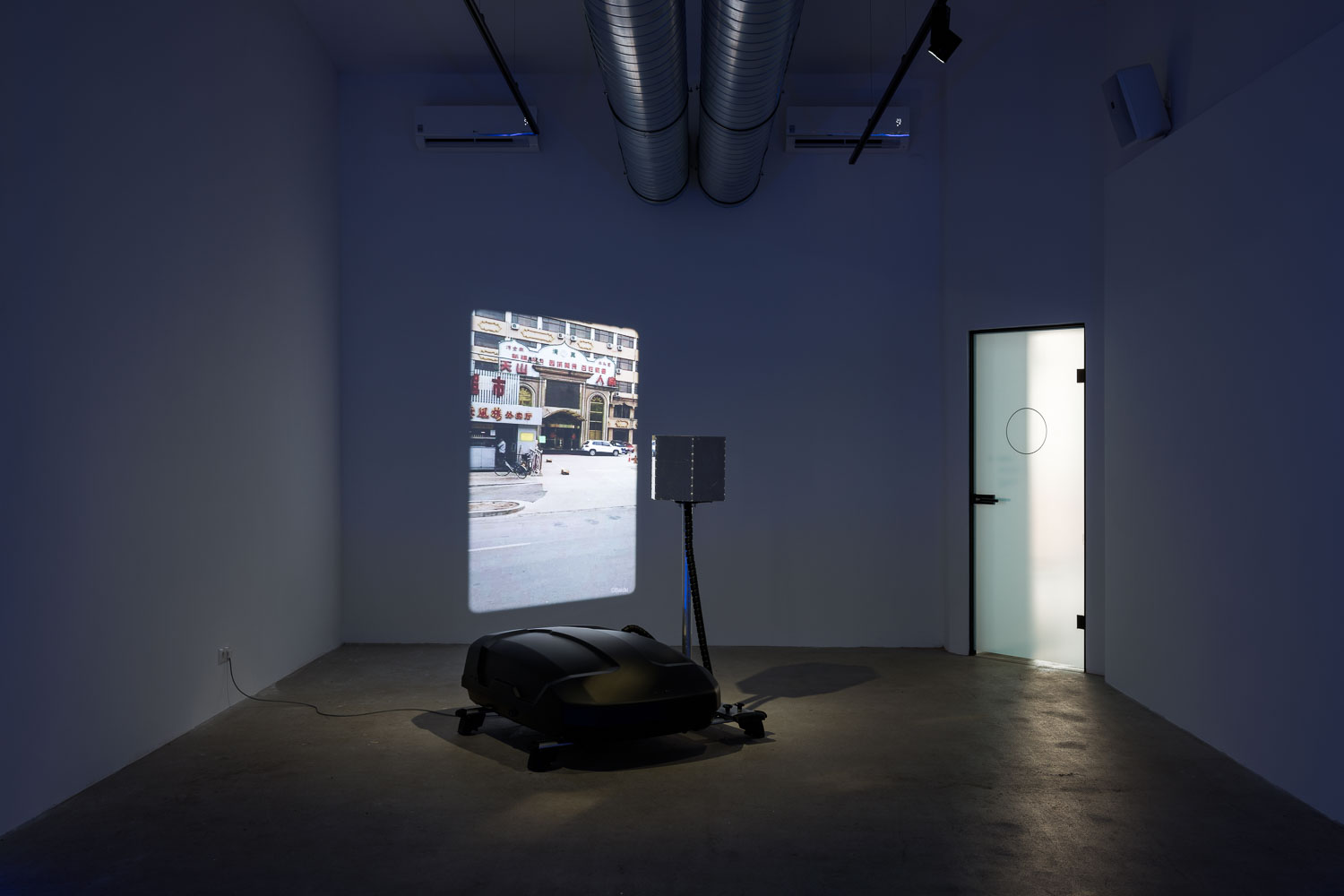Total View:
Sensing Sinicization
Collective
collective work by Total View
total-view.org
Info
Investigation on Chinese assimilation measures using street view images
2024-2025
Description
Street view cars, equipped with 360° cameras, drive continuously across countries, mapping roads, buildings and large parts of rural and urban life.
In order to keep navigation services up to date, the same areas are captured over and over again.
This publicly accessible image data is automatically analyzed by pattern recognition algorithms.
By comparing images taken at different points in time, alterations in architecture can be observed.
Total View tracks symbols, ornaments, typographic features and architectural details, automatically recognizing and documenting changes on a country wide scale.
Showings
Kahan Art Space Vienna – Total VIew: Sensing Sinicization 10.09.2024
Interview
W24
Supported by:
Kahan Art Space
Austrian Ministry for Arts and Culture





©kunstdokumentation.com
About
Total View is an interdisciplinary long-term art project founded in 2023. Total View‘s fundamental self-understanding is a close collaboration of the artists with researchers and journalists in order to jointly develop new forms of investigative approaches.
The exhibition Total View: Sensing Sinicization on view at Kahan Art Space Vienna is the first in a series of exhibitions exploring the potential of technologies and data collection methods used to control public space, with a focus on assimilation measures and state censorship in the People’s Republic of China.
The project addresses the ongoing process of Sinicization in China and uses artistic approaches to respond to the blatantly increasing and relatively rapid changes in the Chinese urban landscape over the last five years, all of which point to the success of the Sinicization process. Sinicization is a term for a policy that aims to erase cultural differences and historical traditions of various ethnic, linguistic and religious minorities in China. The Total View: Sensing Sinicization project observes, researches and shows changes over time in architectural details, shop names, typographic objects and religious and cultural symbols in public spaces and, by using pattern recognition algorithms, tracks these changes in publicly accessible panoramic street views.
Exhibition visitors are invited to engage in the multisensory experience of these global data accumulations and their processing on a decelerated and localized level. The landscape images used in the installation are collected from Baidu, the Chinese company which provides a language search platform for online information and business services. Baidu Maps, which is the focus of Total View: Sensing Sinicization, is an application and technology for desktop and mobile map services that provides satellite images, street maps, street views (“panorama”) and indoor views, as well as functions such as a route planner.
Through the artistic (mis)use of Baidu Maps’ panoramic photos which are made publicly available (comparable to Google Maps on the other side of the world), several aspects of the surveying technology are turned upside down and inside out in the present exhibition, thus offering the visitor an unusual access to Baidu's data space behind the screens.
The panoramic camera, which is mounted on (future self-driving) cars that drive around the Chinese urban and rural landscapes and record them visually again and again, is installed in the middle of the exhibition space in reverse function, namely as a projector that projects the panoramic images taken by Baidu cars onto the exhibition walls. The panoramic images are connected to a digital a map of China which indicates their exact geographical location. The Baidu car itself, ideally installed in front of the art space, has been stripped of its recording device and thus deprived of its function. Moreover, standing still is exactly what its purpose is not.
In order to offer the possibility of precisely reading the temporal changes in sections of the panoramic images of Chinese urban landscapes, selected image crops are enlarged and – to be comparable in their individual recorded timeline produced by the passing Baidu cars – set up as individual objects like books on a shelf to be leafed through from front to back and back again. The slowing down and deceleration of the speed of data processing to a speed perceptible to the human senses thus opens up another space and time for the visitors to wonder, reflect and think.

More Projects ↓

warp-speed minnesangPerformance on network infrastructure

Sibling InferenceVideo Installation with autonomous drone

Decoding it the hard wayMultidisciplinary Performance with custom built reactive installation

Inherent ResolveAugmented Reality Experience of a live sized wardrone

Roomtour ARAugmented Reality Object generated out of Influencer Videos

Ephemeral BordersAR Instagram Intervention

Tribute to Brandon Bryant3D Sculpture & Animated Video
Email: ferdinand[at]doblhammer.media
Instagram: @moosiqunt
© Ferdinand Doblhammer 2024












